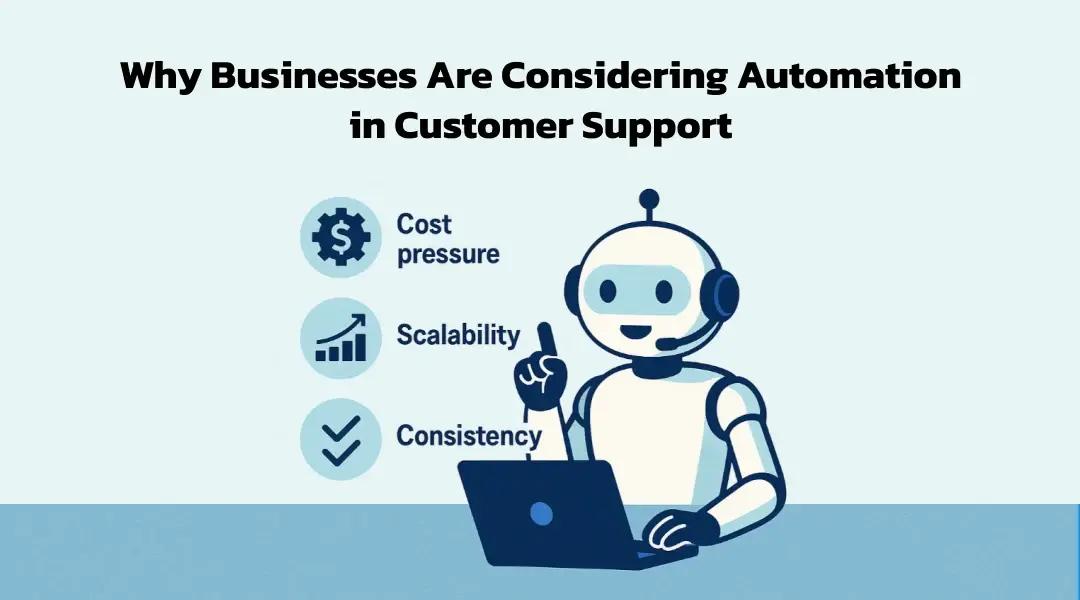AI Call Agents vs Human Agents: Cost, Efficiency, and Accuracy Compared
I’ve sat across conference tables with nervous call-center managers, CFOs frowning at spiraling payrolls, and founders desperate to scale support without breaking the bank. They all ask the same thing: Should we replace our human agents with AI call agents—or just augment them?
This isn’t about shiny tech. It’s about cost, efficiency, and accuracy — and how each model serves your customer experience.
Overview of the Shift from Human to AI Call Agents
Five years ago, AI call bots were clumsy. Today, thanks to natural language processing, speech recognition, and conversational AI, they’re a real contender. Enterprises use AI call agents to automate repetitive queries, triage requests, and even complete transactions.
But here’s the twist: despite the headlines, human call center agents haven’t disappeared. Instead, we’re seeing hybrid models that balance machine consistency with human empathy.
Why Businesses Are Considering Automation in Customer Support

Three motives usually drive this debate:
Cost pressure: Salaries, benefits, and training for big support teams keep climbing.
Scalability: Seasonal spikes or viral growth can drown even the best human staff.
Consistency: Customers expect instant, accurate answers — every time.
Add a global labor shortage for skilled agents, and it’s no wonder companies are testing AI customer support automation.
Human Agents in Customer Support
Humans excel where context, nuance, and emotion matter. A skilled agent can calm an irate customer, spot subtle fraud cues, or improvise a solution to an oddball issue.
Yet traditional human call center agents have limitations:
Recruitment and onboarding take time.
Performance varies between individuals.
Coverage outside business hours is costly.
Cost Comparison: AI Call Agents vs Human Agents
Let’s talk money — the part nobody likes to mention in marketing decks.
Initial Setup & Infrastructure
AI: Licensing or building an AI call center software platform, integration with telephony and CRM, some data preparation.
Humans: Recruitment drives, workstations, VoIP seats, training rooms.
Operational Expenses
AI: Subscription fees, maintenance, periodic model tuning.
Humans: Salaries, incentives, ongoing coaching, attrition costs.
Long-term ROI
AI scales horizontally — serve 1 or 1,000 callers with minimal marginal cost. Humans scale linearly; more calls mean more salaries. That’s why “how AI reduces support costs” isn’t just a slogan; it’s arithmetic.
But beware: upfront investment and data quality determine whether you’ll actually see AI customer support ROI.
Efficiency Analysis
Here’s where AI shines:
Speed & Availability: AI is available 24/7, immune to lunch breaks or holidays.
Peak Traffic: During product launches or outages, AI call bots can handle thousands of concurrent sessions.
Repetitive Queries: Balance checks, password resets, delivery tracking — perfect AI territory.
Humans keep an edge on ambiguous or multi-step problems. That’s why efficiency of AI call agents must be viewed alongside the nature of your call volume.
Accuracy and Quality of Responses
AI guarantees consistency: the same question gets the same answer. That matters in regulated industries where errors can trigger penalties.
Humans contribute empathy, improvisation, and cultural context — things algorithms still wrestle with. For sensitive conversations (medical advice, financial hardship), human vs AI customer experience isn’t a contest; it’s a partnership.
I’ve seen AI accuracy leap beyond 90% after proper training, but one rogue dataset can sink performance. (Ever heard an AI mix up “refund” with “fund transfer”? It’s… awkward.)
Hybrid Approach: When AI and Humans Work Together
Some of our best deployments pair AI agents for call centers with live staff:
AI handles FAQs, billing updates, booking confirmations.
Complex or emotional issues escalate to a specialist.
This blended model protects quality while reaping benefits of AI in customer service.
Use Cases and Industry Examples

E-commerce: Automated order tracking, return status, product availability.
Banking: Balance checks, fraud alerts, KYC verification.
Healthcare: Appointment scheduling, pre-screening, reminders.
Travel & Hospitality: Flight changes, loyalty inquiries, hotel upgrades.
For smaller firms, starting with a focused bot (e.g., delivery updates) often proves smarter than chasing a fully autonomous AI-powered virtual call agent right away.
Challenges and Considerations
Data privacy & compliance: Voice recordings are sensitive. Encryption and consent matter.
Customer acceptance & trust: Some callers resent bots; clear cues and smooth handovers help.
Integration with existing systems: A fancy bot is useless if it can’t access order data.
Accuracy of AI agents vs human agents: Ongoing monitoring is essential — no system is set-and-forget.
Future of Call Centers: AI-Driven or Human-Centric?
I don’t believe we’re headed for bot-only support lines. What’s coming is smarter orchestration: AI answering instantly, humans focusing on empathy-heavy conversations, analytics steering both.
As conversational intelligence matures, companies will hire AI developers to craft bespoke agents tuned to their audience. And yes, the best shops (look up the Best AI Voice Agent Solutions) already offer custom voices, dialects, and brand personalities.
Conclusion
Here’s the reality: it’s not AI versus people. It’s AI and people — deployed intentionally. Start with clear goals: reduce cost, improve response time, or raise accuracy. Audit your data. Then decide where call center automation with AI fits.
I’ve seen businesses slash expenses and elevate service by letting AI do the heavy lifting while humans handle complexity. That balance is where support shines.
FAQs
Pricing varies, but subscription AI often beats full-time salaries after 2–6 months, especially for high call volumes.
They’re great with structured tasks. Escalate anything nuanced or emotional to a human for best results.
With rigorous training and compliance checks, yes — but oversight remains essential.
ROI depends on call volume, labor rates, and implementation quality. Well-planned projects see returns within a year.
Most want fast answers and empathy. A blended approach usually wins.

CEO
